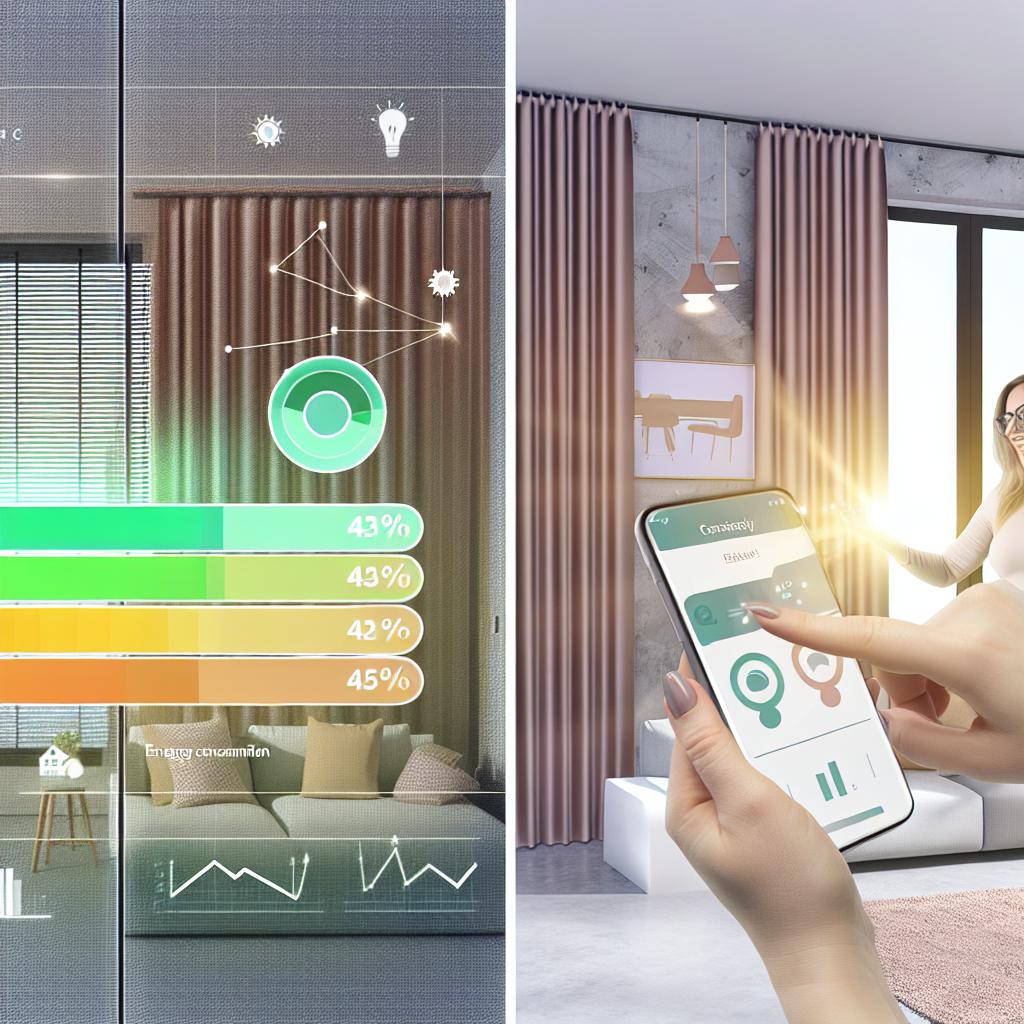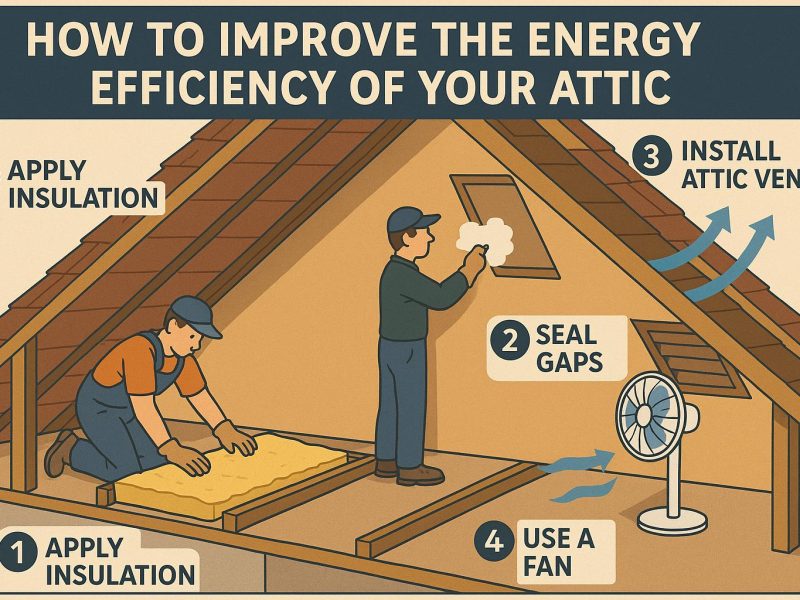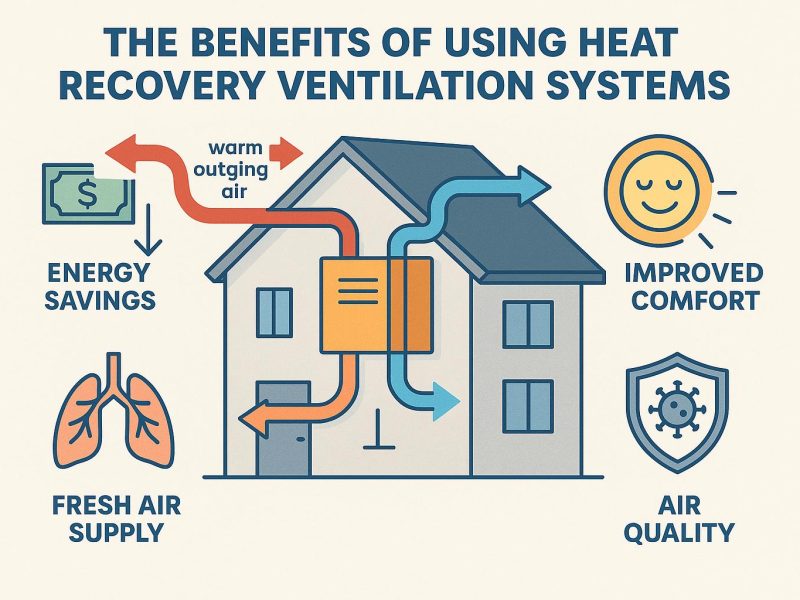The Impact of Smart Blinds and Shades on Home Energy Use
Smart blinds and shades are increasingly being adopted in modern homes. These devices offer an array of features designed to enhance convenience, comfort, and energy efficiency. In this article, we will explore how smart blinds can significantly impact home energy use.
Energy Efficiency and Smart Blinds
Smart blinds and shades contribute to energy efficiency by leveraging automation and connectivity. By automatically adjusting based on time of day, weather, or light levels, these blinds can effectively reduce energy consumption. When programmed correctly, smart blinds can help to maintain optimal indoor temperatures, thereby reducing the need for heating or cooling. For more information, you may visit companies that specialize in smart home technologies, such as Lutron or Somfy.
The first notable feature of smart blinds is their ability to automate the control of natural light. Traditional blinds require manual adjustment, which often means they are not optimized for energy conservation. By contrast, smart blinds work in harmony with the environment. They can open in the morning to let in natural light, reducing the need for artificial lighting, and close at midday to keep the heat out. This automation minimizes energy waste throughout the day, aligning indoor conditions with the external environment.
Smart blinds also integrate with sensors to assess exterior conditions such as sunlight intensity and outdoor temperature. Based on these assessments, smart blinds can make real-time adjustments. This dynamic response to ambient conditions ensures that interior climates are balanced without over-reliance on HVAC systems.
Temperature Regulation
One of the primary ways smart blinds influence energy use is through temperature regulation. During hot weather, smart blinds can automatically close during peak sunlight hours to prevent indoor spaces from overheating. Conversely, in cooler weather, allowing sunlight to enter by opening the blinds can naturally warm up a room, reducing the need for heating.
Temperature regulation is a crucial factor in energy consumption, particularly in climates where summers can be scorching or winters chilling. Smart blinds serve as a passive form of temperature control by using thermal insulation properties of materials effectively. Some advanced smart blinds are made from special fabrics designed to provide additional insulation, further enhancing their role in temperature management.
By reducing the demand on mechanical systems, such as air conditioners and heaters, homeowners can enjoy lower utility bills. This not only saves money but also prolongs the life of heating and cooling systems, reducing the need for repairs or replacement.
Integration with Smart Home Systems
Smart blinds can be integrated with existing smart home systems, such as thermostats and lighting controls. By coordinating with devices like a smart thermostat, smart blinds can further optimize energy usage. For instance, if the thermostat detects that a room is sufficiently warm, it can signal the blinds to close to maintain temperature and prevent energy loss.
This integration extends beyond simple temperature control; smart blinds can sync with other smart home devices to create a cohesive energy management system. For instance, integrating smart blinds with voice-controlled assistants like Amazon Alexa or Google Home enables easy operation through voice commands. This added layer of convenience ensures that energy-saving adjustments are made promptly.
Moreover, by leveraging data analytics, homeowners can track energy consumption patterns and identify areas for improvement. Smart home systems that include blinds can provide insights into energy efficiency, helping homeowners make informed decisions about future energy-saving measures.
The possibility for remote control also means homeowners can adjust their blinds even while away from home. This is especially beneficial during unexpected weather changes, allowing residents to optimize energy use whether they are home or not.
Conclusion
The integration of smart blinds and shades into your home can lead to significant energy savings, enhanced comfort, and a smaller carbon footprint. While the initial investment might be higher than traditional blinds, the long-term benefits, chiefly in energy savings and convenience, make smart blinds a sound choice for environmentally conscious homeowners. By embracing smart technology, homeowners can contribute to a more sustainable future while also enjoying the benefits of a more efficient and comfortable living environment.
In addressing environmental challenges, adopting technologies that promote sustainable practices is becoming increasingly important. Smart blinds and shades symbolize a small step towards a larger commitment to reducing energy waste and increasing operational efficiency in the home. As more homeowners begin to prioritize energy efficiency, smart blinds will continue to evolve, offering even more advanced features that align with the goals of a sustainable lifestyle.
As technology advances, the role of smart blinds within the ecosystem of home automation will likely expand. The integration with renewable energy sources, such as solar panels, could be the next frontier in energy conservation, making homes not only smart but also self-sustaining. The journey toward a smarter, more eco-conscious home environment is well underway, and smart blinds are an integral part of this transformation.



